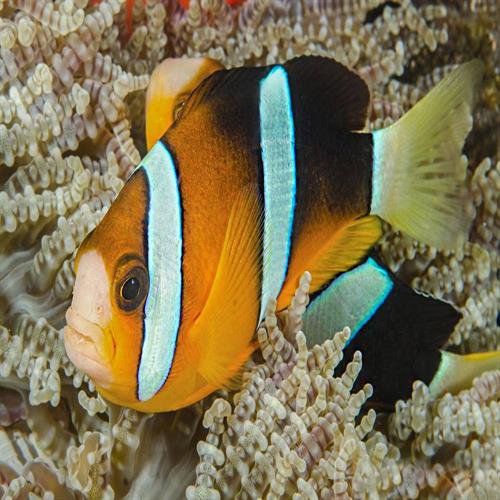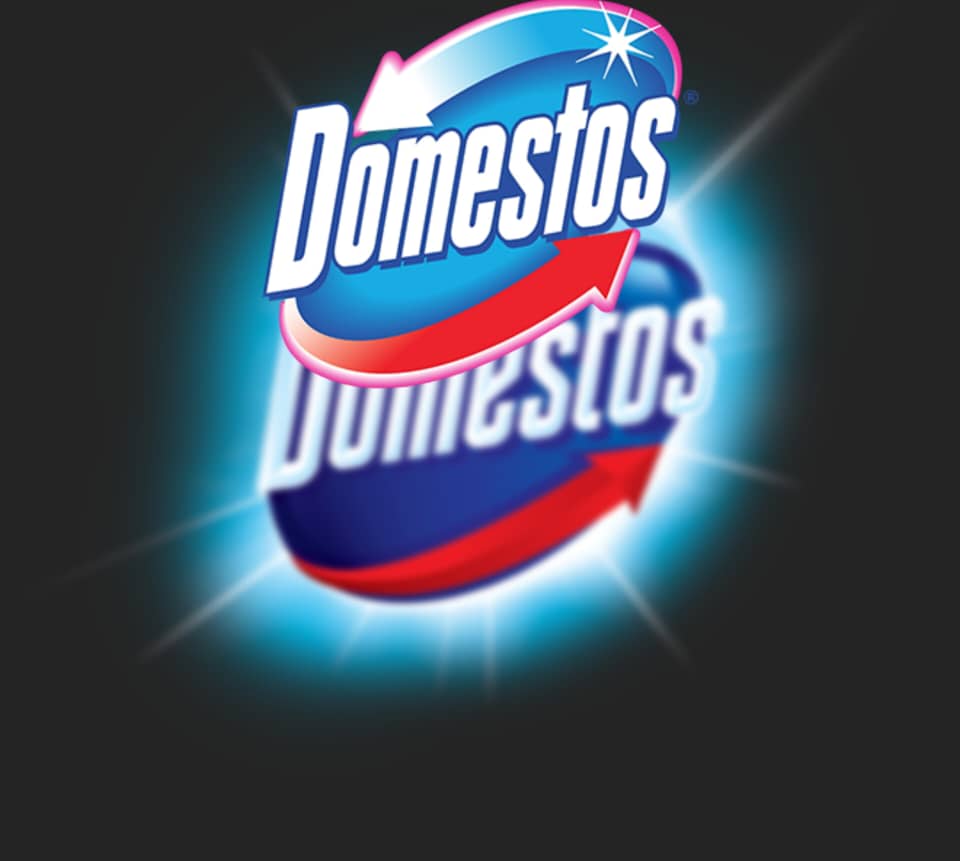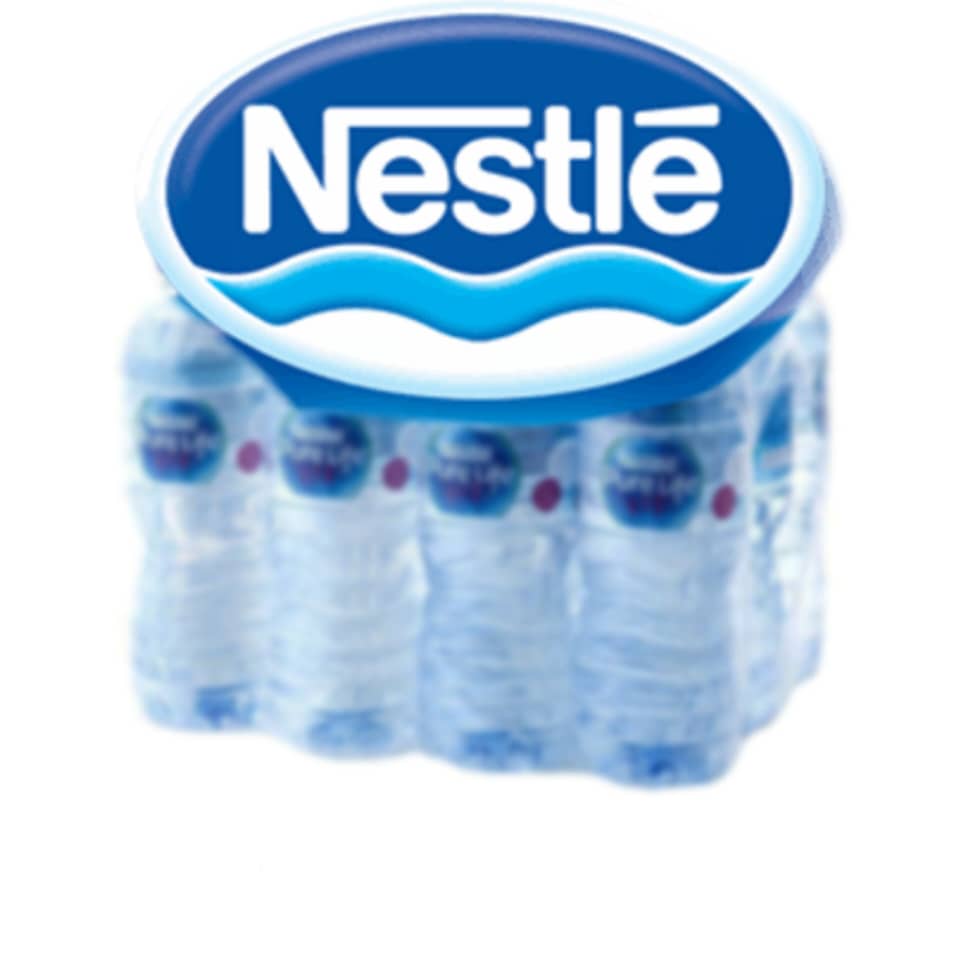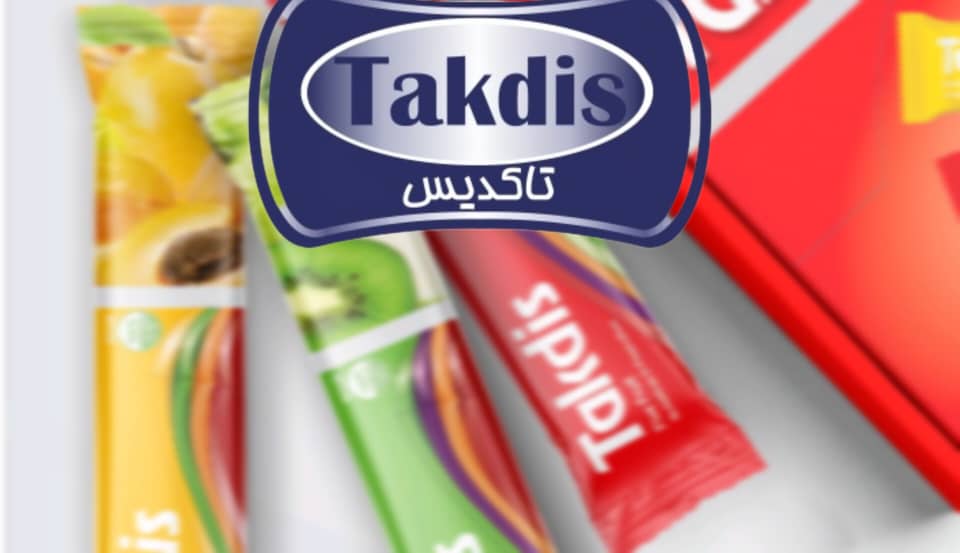
- Seen : 605 View
Clarkii Clownfish (Clarkii Clownfish and other names: Clark's Anemonefish, Yellowtail Clownfish, Clark's Clownfish and descriptive names such as: Yellowtail Clownfish, Chocolate Clownfish, Brown Anemonefish, Black Clownfish) native to the Indian Ocean to the Western Pacific (to the islands of Micronesia and Melanesia and Northward to Taiwan, South Japan and Ryukyu Islands) and the Persian Gulf to Western Australia, there is no concern about their species being in danger.
It is a resistant fish that is the leading member of the group of eleven species of clownfish called "Clarke complex" (the eleven species that have the least dependence on their anemone host, are also the best swimmers of the clownfish population) and an excellent option to complete the population of any saltwater aquarium. goes. Some familiar members of this complex include: Allard's Clownfish A. allardi, Oman Anemonefish A. omanensis, Twobar Anemonefish A. bicinctus, and Three-band Clownfish A. tricinctus.
Their bodies can grow up to about 15 cm in length, and individuals of the species can vary slightly in color (adults range from yellow to brown). They have two relatively broad white stripes on their body (and sometimes a narrower stripe on the base of the tail), and their snout and tail fin are white to yellow.
New attractive varieties with white spots on both sides of the body have been obtained from this type of fish and are named "Clark's Clown", "Clark's Spotted Clown" and its new specimen, "Clark's Clown". This fish is also a hermaphrodite, a pair of them will eventually become an active male and female, and their gender can also be changed.
Clarki is one of the deep-sea anemones that have been seen up to 60 meters deep. The caudal fin of Demi Clarkis is not round like other anemones; Therefore, he can swim faster than them. Their swimming prowess gives the fish the confidence to be out of hiding most of the time. When it feels threatened, it prefers to hide in the holes of rocks and water stones to the arms of anemones.
They are compatible with the anemones Cryptodendrum adhaesivum, Entacmaea quadricolor, Heteractis aurora, Heteractis crispa, Heteractis magnifica, Heteractis malu, Macrodactyla doreensis, Stichodactyla gigantea, Stichodactyla haddoni, and Stichodactyla mertensii.
Anemones are known for making weak sounds; But the Clarkes have stolen the lead from other types in the expression of "reading"; So that when the environment is quiet, you may be able to hear their "squeak or pop-pop" sound from outside the aquarium.
Conditions for keeping in the aquarium:
Clarke's clownfish are very hardy and hence, novices can maintain them. are strong swimmers; It is not so difficult to maintain them and their dependence on their anemone host is less; But due to their ability to swim, they need more space compared to other clownfish.
Their aquarium can be with or without molluscs; But in any case, it will require a rocky structure. If you don't keep anemones, a 120 liter aquarium is enough; But in case of presence of anemones, more volume is needed. Clarkies are social fish and will get along with almost any other fish that won't swallow them right. In the wild, they share large anemones with pink skunk clownfish; But in the aquarium, when they do their mating, except for their mate, they will use violence against the members of their own family (damsel fishes). It is also possible to reproduce them in the aquarium.
They like very hard water. A temperature of 23 to 28 degrees Celsius and a pH equal to 7.8 to 8.4 are favorable for them.
In fish aquariums, for small volumes (up to 150 liters), renew up to 15% of the water every two weeks. For medium volumes (up to 350 liters), renew 20-30% of the water monthly, and for aquariums of 400 liters and above, the same amount, but every 6 weeks.
Nutrition:
Clark's clowns are also omnivores. In nature, they feed on zooplankton, benthic algae and grasses, small shrimps, polychaete worms, etc. In the aquarium, they will eat a wide range of foods from flakes and pellets to fresh and frozen. They also eat the algae that naturally grows in the aquarium.
It is better to provide most of their diet from fresh or frozen protein sources. Small pieces of fish and shrimp meat and artemia are good for them. Do not forget the herbal sources of pellets and flakes. Feed the adults twice a day and the younger ones three times (as much as they can eat the whole meal in three to four minutes). Choose a feeding place in the aquarium where the water flow is calm.
Saler Company Information










